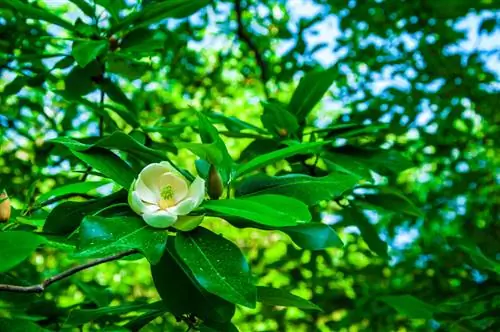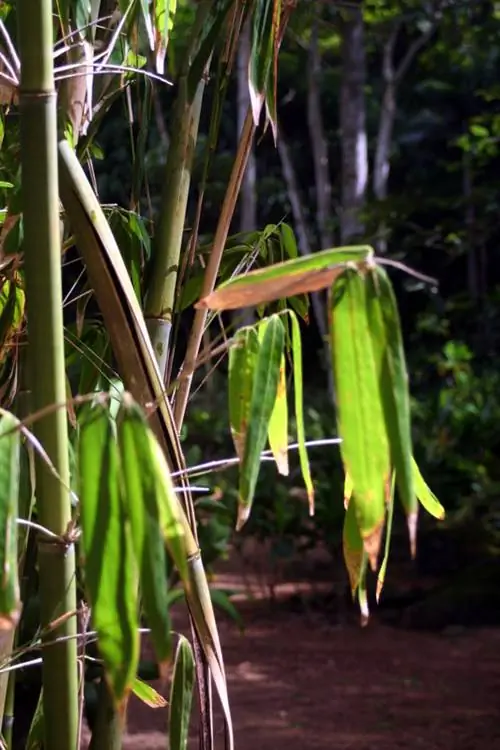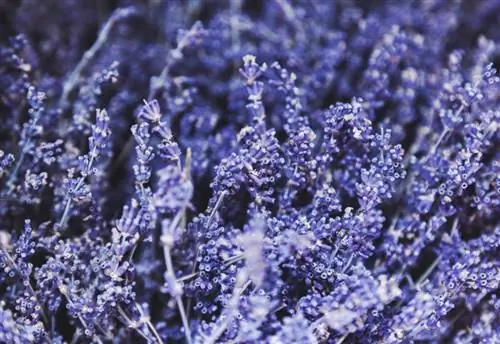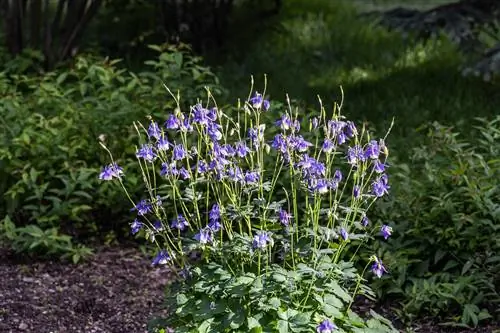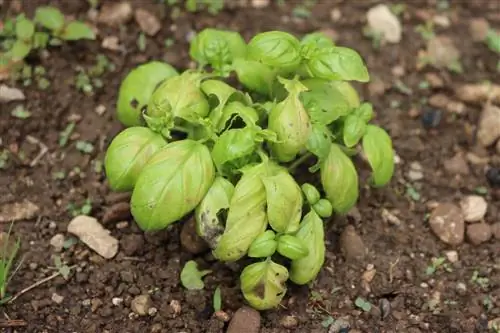- Author admin [email protected].
- Public 2023-12-16 16:46.
- Last modified 2025-01-23 11:20.
Leaves covered with a whitish coating, some of which may fall off or curl up, are a clear indication of an infestation with powdery mildew. While downy mildew occurs mainly in damp weather, real mildew is a fair-weather fungus.
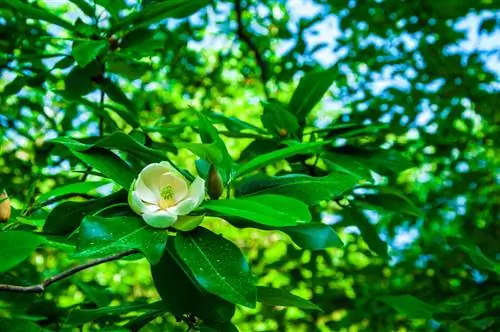
How to prevent and treat powdery mildew on magnolias?
To protect magnolias from powdery mildew, you should ensure sufficient light and air, keep the soil moist and mulch the root area. Remove affected leaves and shoots and treat the plant with organic sprays or chemical fungicides.
Prevent mildew
Mildew is a fungal disease that mainly attacks stressed plants. Make sure your magnolia always gets enough light and air, keep the soil moist - but not wet - during dry periods and mulch the root area. This allows you to prevent the disease from eating the affected leaves and shoots from the outside. Powdery mildew causes more serious damage than downy mildew as it can penetrate the leaves and ultimately kill the plant.
Treatment of mildew
To prevent the spread of powdery mildew, you should immediately remove affected leaves and shoots. Some organic and easy-to-make sprays such as nettle and garlic decoctions can increase the plant's resistance to powdery mildew. As a non-organic method, you can also spray with a chemical fungicide, which can also be done preventatively in spring - before the leaves emerge.
Tips & Tricks
Milk can also help against mildew, because the bacteria in lactic acid inhibit the development and spread of the fungus. To do this, mix milk and water in a ratio of 1:10 and spray the plant over a period of about 10 to 14 days.

